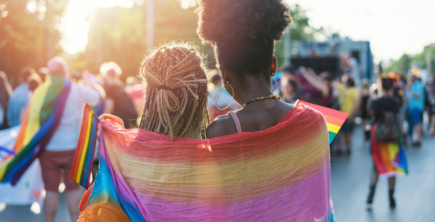
LGBT
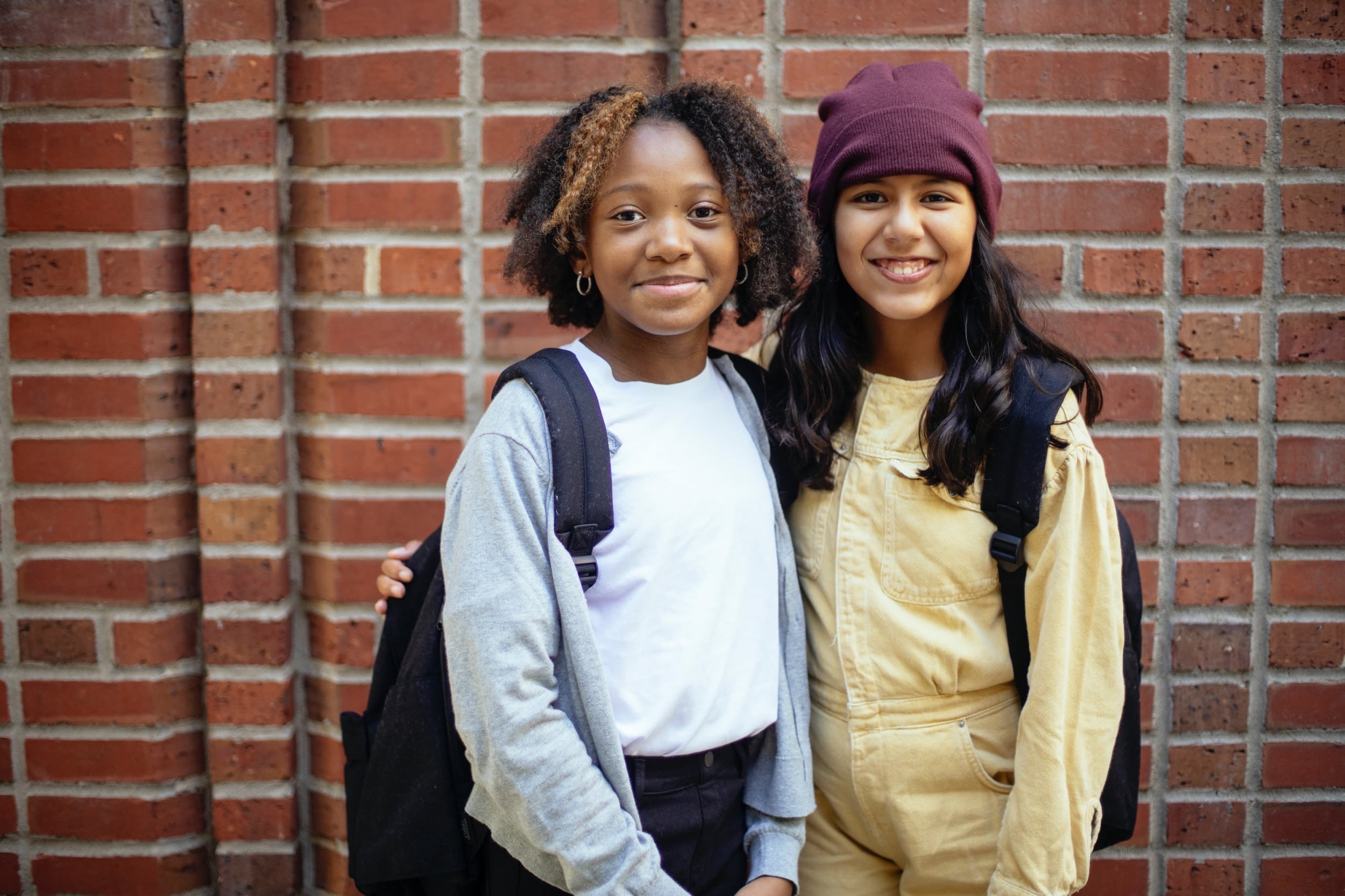
From villages to cities, girls of color are often at the forefront of bold solutions and societal change; yet they are among the least likely to receive philanthropic support from funders.
Since joining the Tides Foundation’s Advancing Girls Fund last spring, we have gotten to know many of the incredible Advancing Girls grantee partners. And as we dive into this ecosystem of work, it has only affirmed what we have always known about supporting young girls and women of color: There is no supporting girls of color without talking about supporting their mental health.
While the fund supports more than 150 organizations that impact nearly all movements and issue areas — from environmental, social, and racial justice movements to education equity and quality afterschool programming — one thing that connects the work of all our grantee partners is the need to support the mental health and healing of adolescent girls and young women of color.
This was made loud and clear by our grantee partners. To inform the Tides Advancing Girls strategy, the fund conducted a landscape analysis to learn what girls of color in communities around the world were feeling and needing, and we consistently heard young women and girls of color are experiencing depression and suicidal thoughts resulting from stressors such as:
These personal accounts are sadly in alignment with research studies about the mental health of young girls of color. For example, the Journal of Community Health reported suicide death rates for Black American girls ages 13 to 19 increased by 182 percent from 2001 to 2017, and the Office of Minority Health reported that Black females, grades 9–12, were 60 percent more likely to attempt suicide in 2019, as compared to non-Hispanic white females of the same age.
So what does this all mean for funders who want to support adolescent women and nonbinary youth of color? Here are a few actions we recommend donors take to ensure their giving reaches and improves the lives of adolescent girls and young women of color:
1. Support power-shifting and mental health
Changing the policies and structures that harm and exclude adolescent girls and young women of color from fully and safely participating in society is crucial. But while those changes are being advocated for, girls live through everyday, compounded inequities. Funders must focus on supporting long-term systems change, while also investing in girls’ immediate needs, including social, emotional, and mental health support. As summarized in the landscape analysis, “adolescent girls cannot be free, healthy, and thriving until we get to the root causes of racial and gender inequities.”
Given that systems change takes generations of focused work, girls also need to be supported with resources today for immediate needs around their mental and physical health, safety, education, and economic security. Funders should consider investing in safety net infrastructure for girls, while also investing in their leadership, whether that’s grassroots organizing, advocacy, or shifting narratives on gender norms.
2. Invest in work led by girls of color and seek their input
There is no issue that we face as a global community that young women and girls of color are not disproportionately impacted by, whether it’s access to equitable education, environmental impacts, or racial and social injustice. Girls and nonbinary youth of color intimately understand the issues they face, and they are the best positioned to lead change. As the landscape analysis highlighted, “It is important to get girls’ direct input on where there are ‘breaches in the system,’ specifically the systems that are directly impacting girls’ lives, including foster care, health care, education, and carceral.”
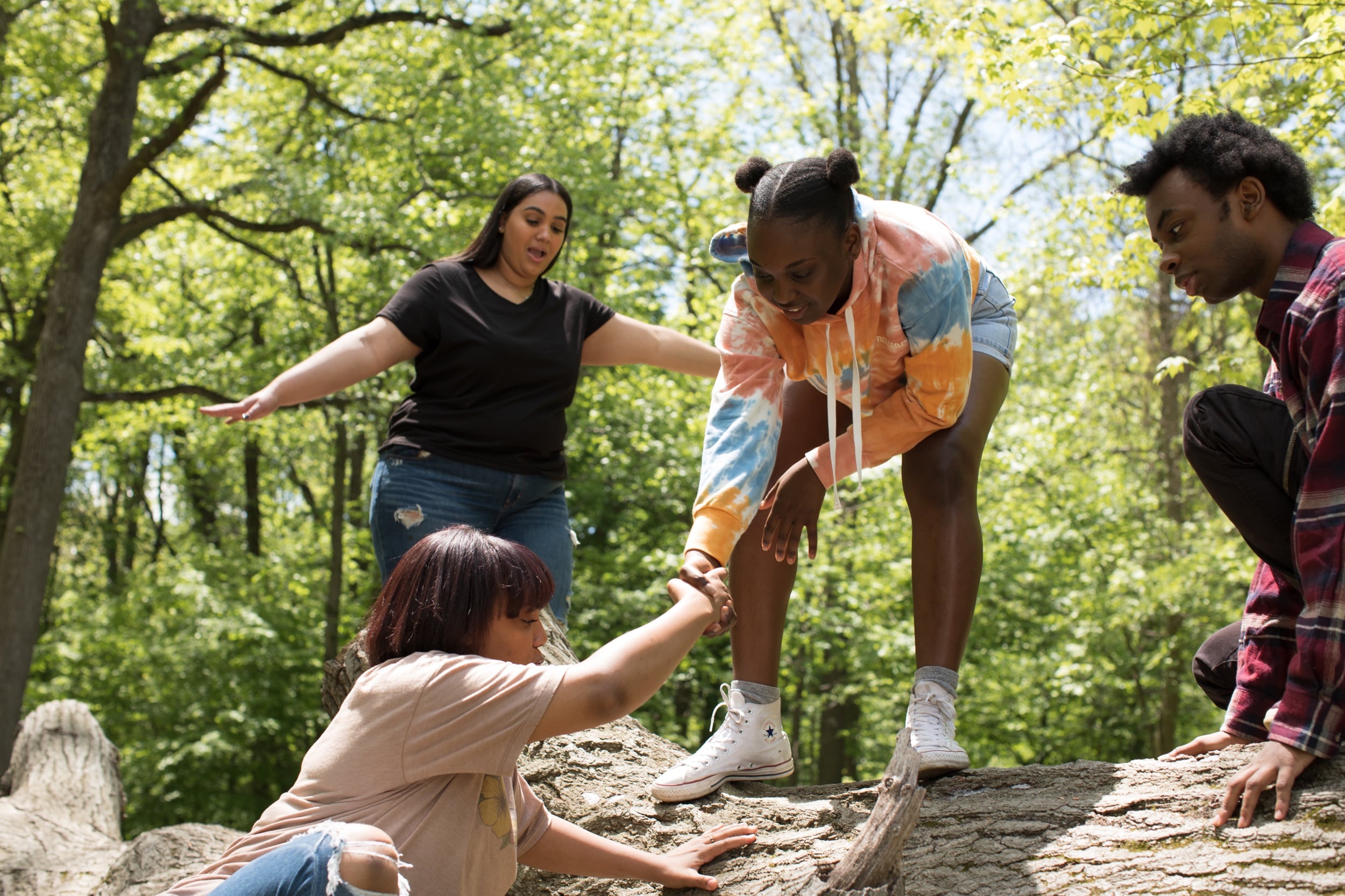
3. See — and fund — the intersections of this work
Adolescent girls and nonbinary youth of color are disproportionately impacted along multiple marginalized identities. No matter what funders’ portfolios focus on, they can support transformational, long-lasting work when they arrive from a place that recognizes girls’ intersectional lived experiences and areas of overlapping oppression. For example, as the landscape analysis lifts up, “the majority of girls who become systems involved or who have recurring involvement with detention and juvenile justice have histories of trauma, victimization, and mental health concerns, underscoring the need for girls to have access to culturally competent mental health services and mediation support.”
The work of advancing adolescent girls of color is more critical than ever, and it includes supporting mental health and healing. While this was repeatedly cited by grantee partners around the globe as one of the biggest challenges for girls and young women of color, organizational leaders report back that it is a struggle to get funders to support mental health interventions and services. Funders must see this as central to the work, not incidental to it.
To learn more about how you can partner with us to invest in transformative girl-led change, contact [email protected].
* Because the fund’s work is global, the definition of “adolescent girls and young women of color” is broad, and includes young people around the ages of 11–25 who identify as girls, as well as non-binary and gender expansive youth. Across different contexts, BIPOC or people of color is inclusive of Black/African-American, African, Indigenous, Latinx, multi-racial, Asian, Asian-American, Caribbean, Pacific Islander, Middle Eastern, North African, and Arab girls and their communities.

LGBT
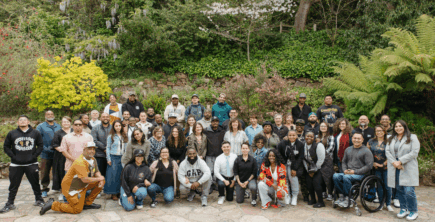
Corporate Partners

Philanthropy
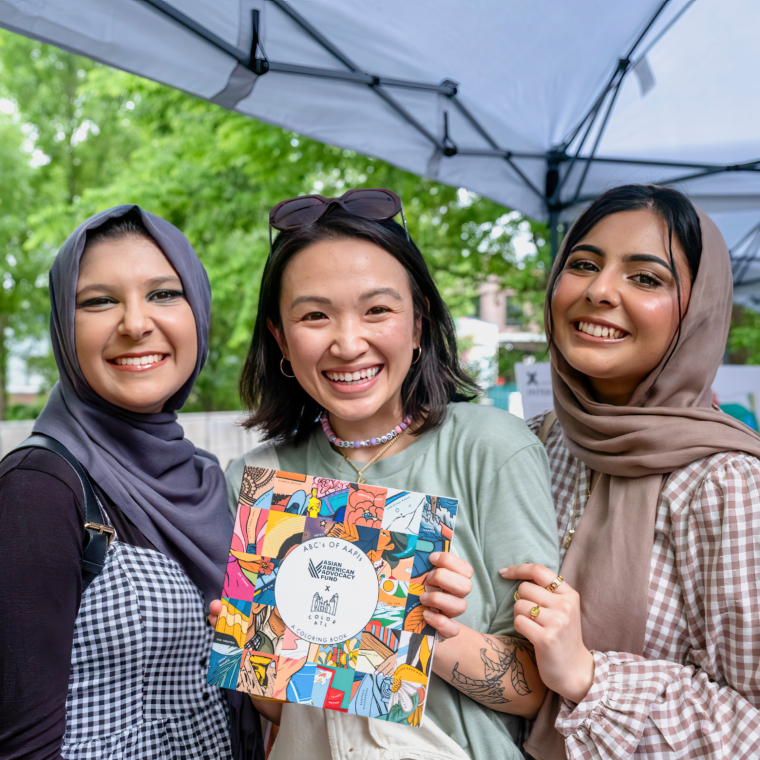
Read the stories and hear the voices of social change leaders fighting for justice.